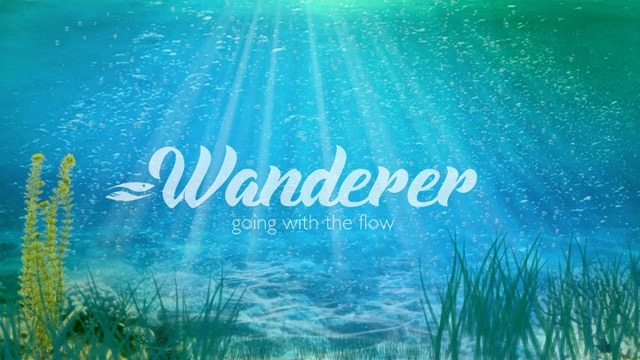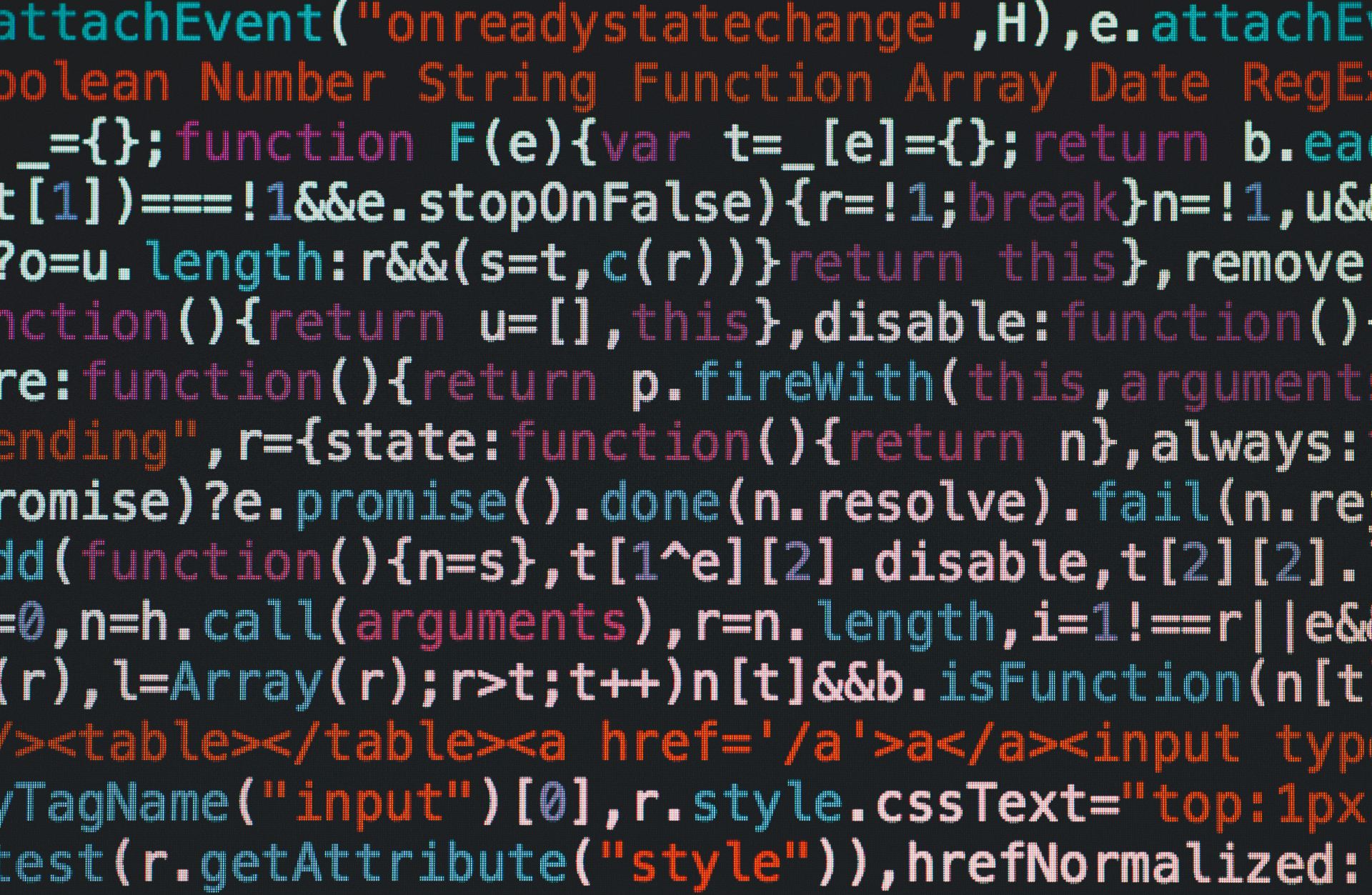Art Sci Lab’s
Intelligent
Operating System
Assistant
The ArtSciLab’s Intelligent Operating System Assistant (ASLIOSA) project is a groundbreaking initiative blending the fields of arts, humanities, and artificial intelligence (AI). Unlike traditional AI endeavors, ASLIOSA focuses on exploring deeper ethical and philosophical questions, emphasizing human-centered interaction and creativity.
What is ASLIOSA?
ASLIOSA is not just software or a robot; it is a physical sculpture capable of seeing, listening, speaking, and interacting. Designed to be approachable and welcoming, it serves as a tangible platform for experimenting with AI from an arts and humanities perspective.
The Vision Behind the Project
The project aims to:
- Establish AI grounded in arts and humanities.
- Encourage ethical and philosophical questioning of AI.
- Provide an experimental platform for students and researchers to explore creative AI interactions.
Why It Matters
ASLIOSA represents a shift in how AI can be integrated into our lives—not just as tools but as collaborators in creativity and thought. It asks critical questions: How would humans teach AI? How does AI learn from us? How can arts reshape our perception of technology?
Continue to explore more on ASLIOSA below
ASLIOSA Team:
Founder/Director: Alejandro Garcia
Lead Programmer / NLP: Anagha Ajnadkar
Lead Programmer / Computer Vision: Digvijaysinh Gohil
Ethics / Voice: Yueh-Jung Lee
Sculptor: Kirstin Stevens Schmidt
Sculptor: Shaghayegh Ashouri
Data Scientist: Akshara Athirala
UI/UX Web Dev: Jacob Hunwick










